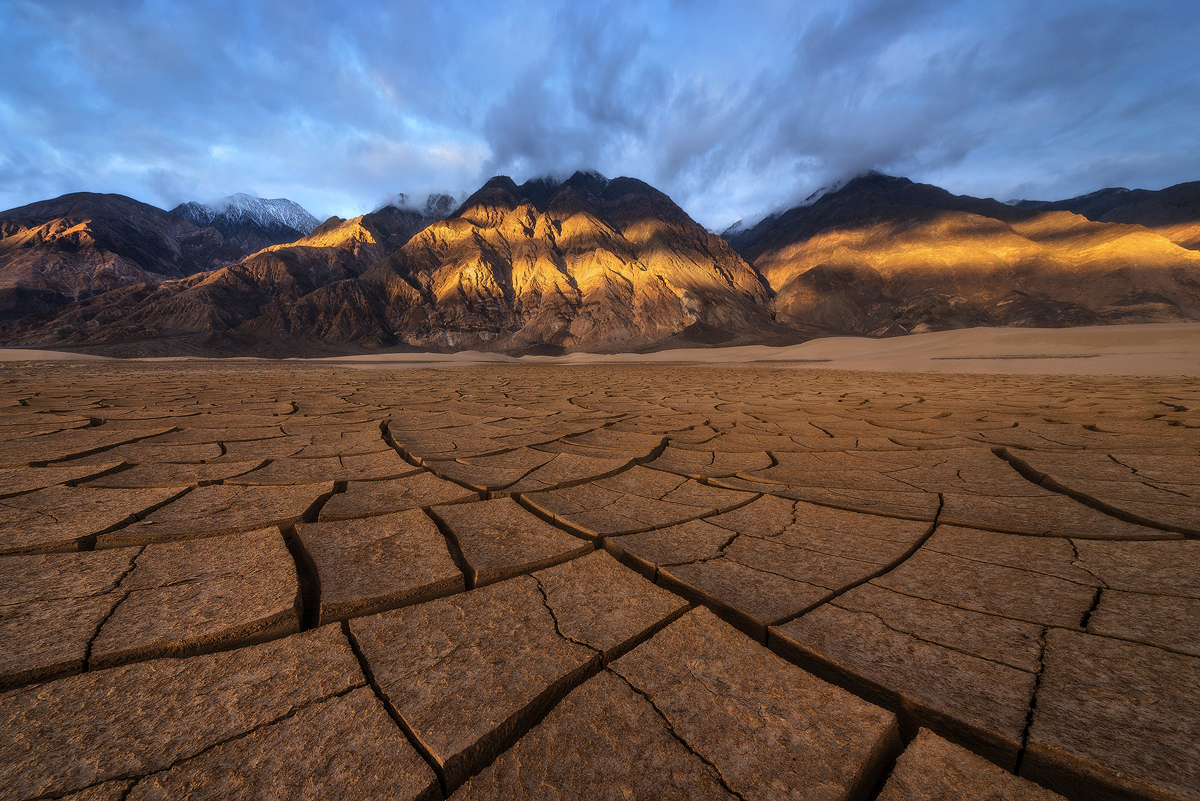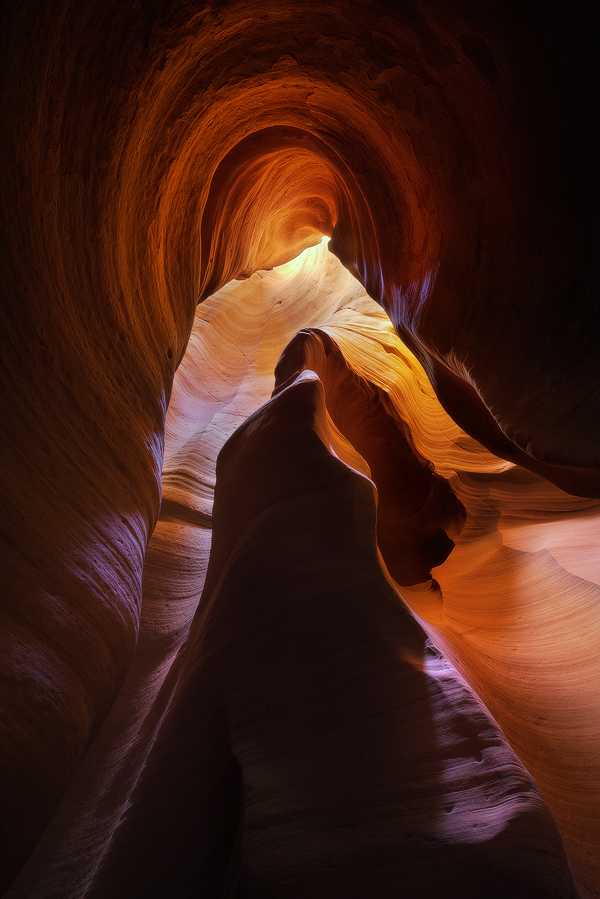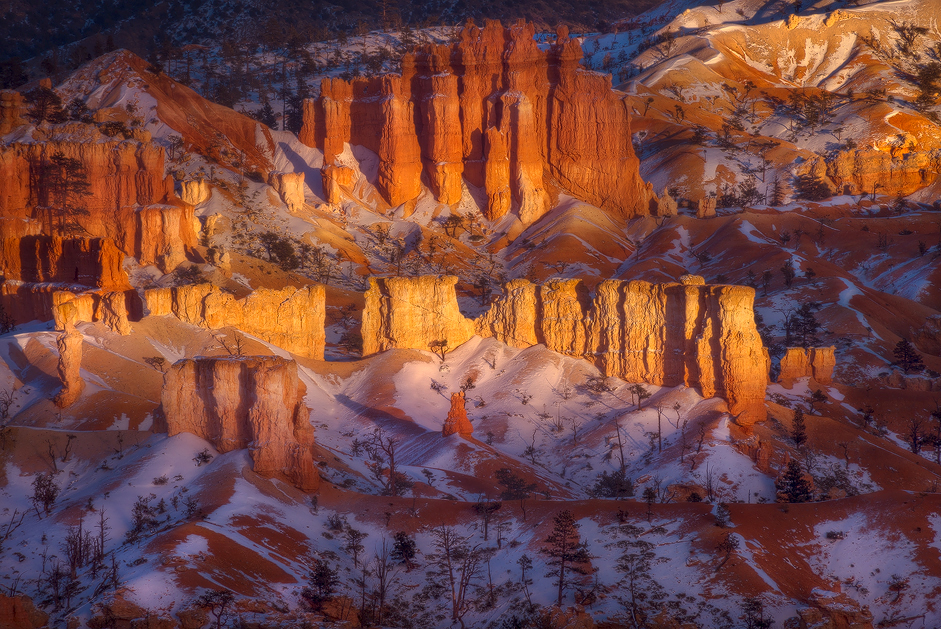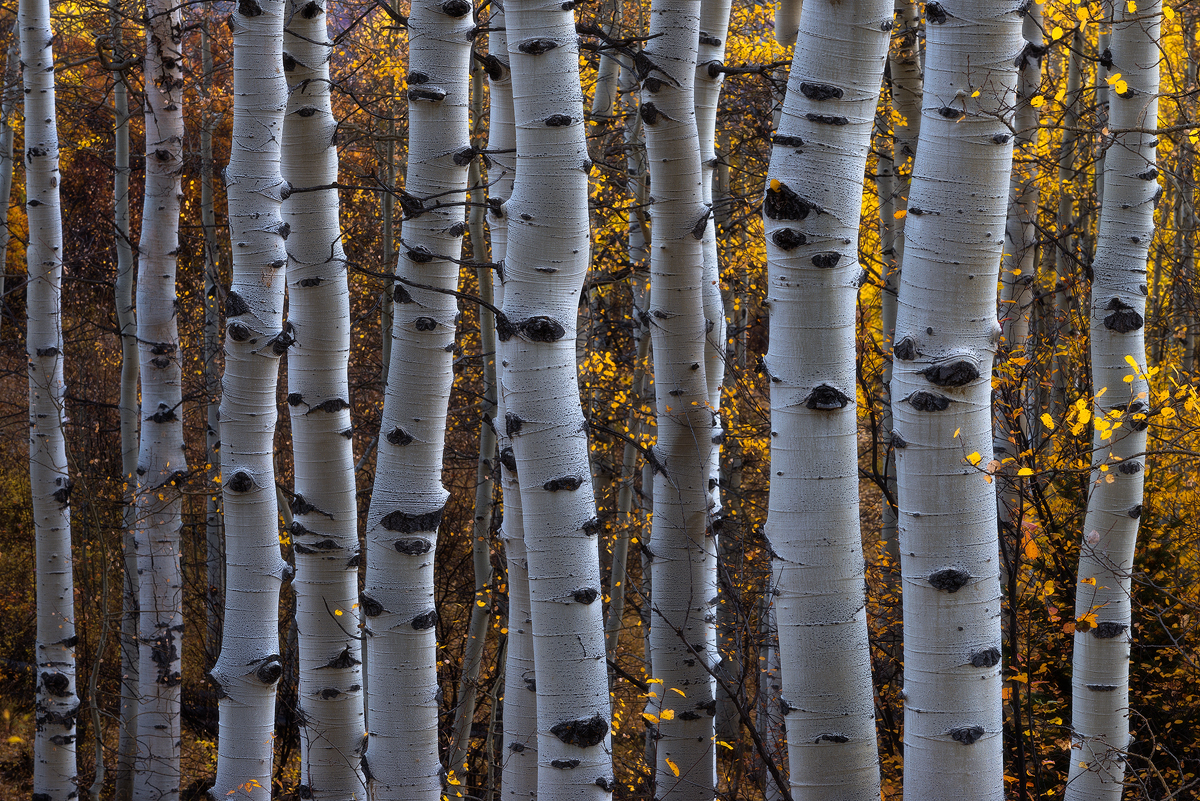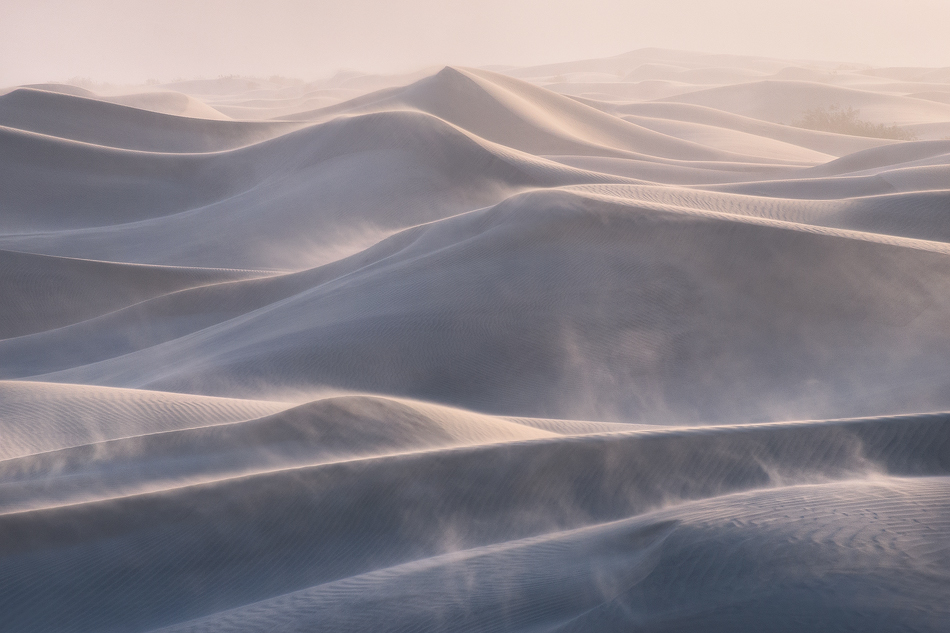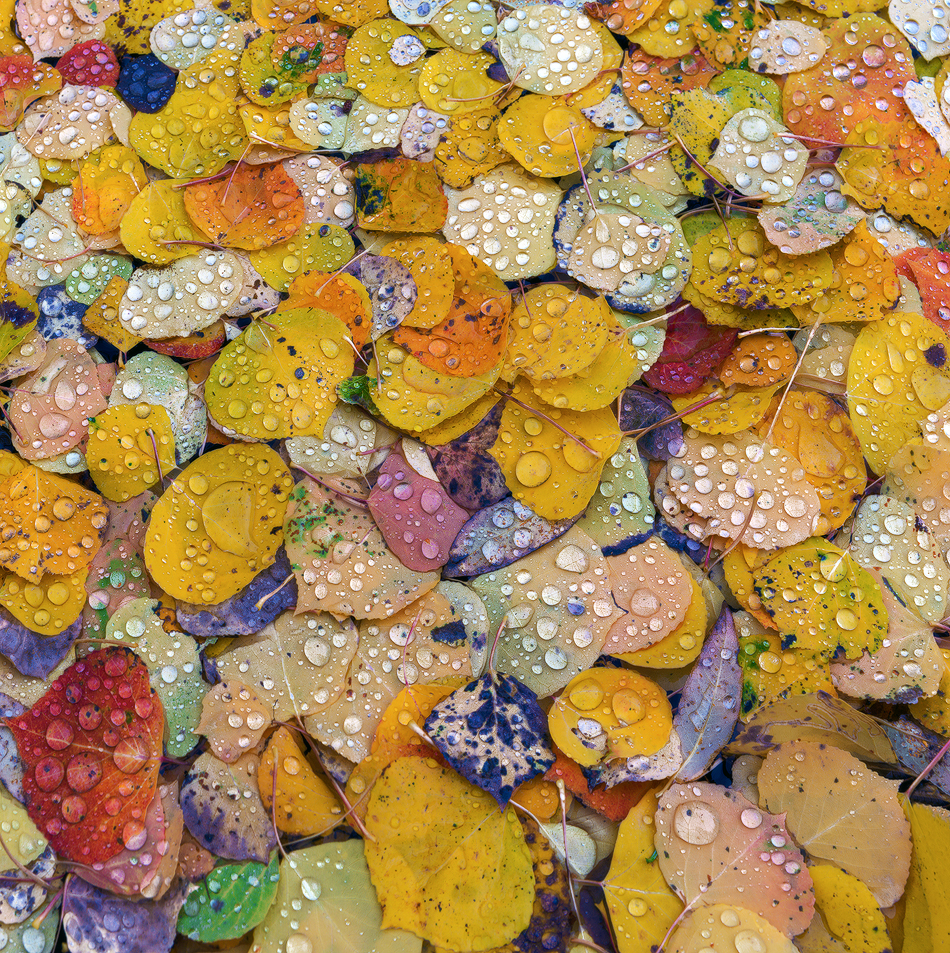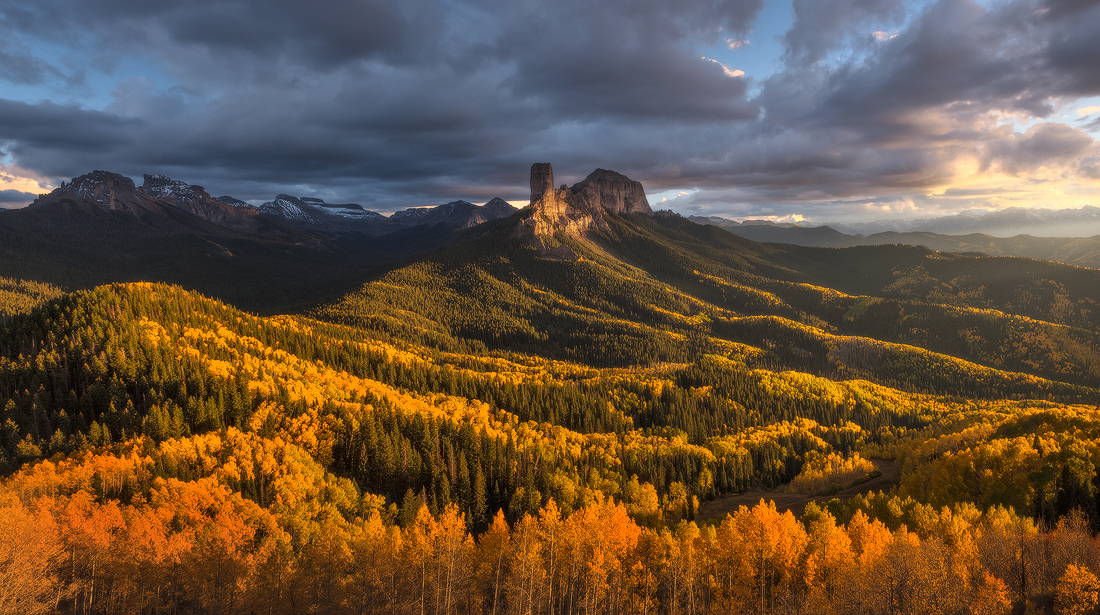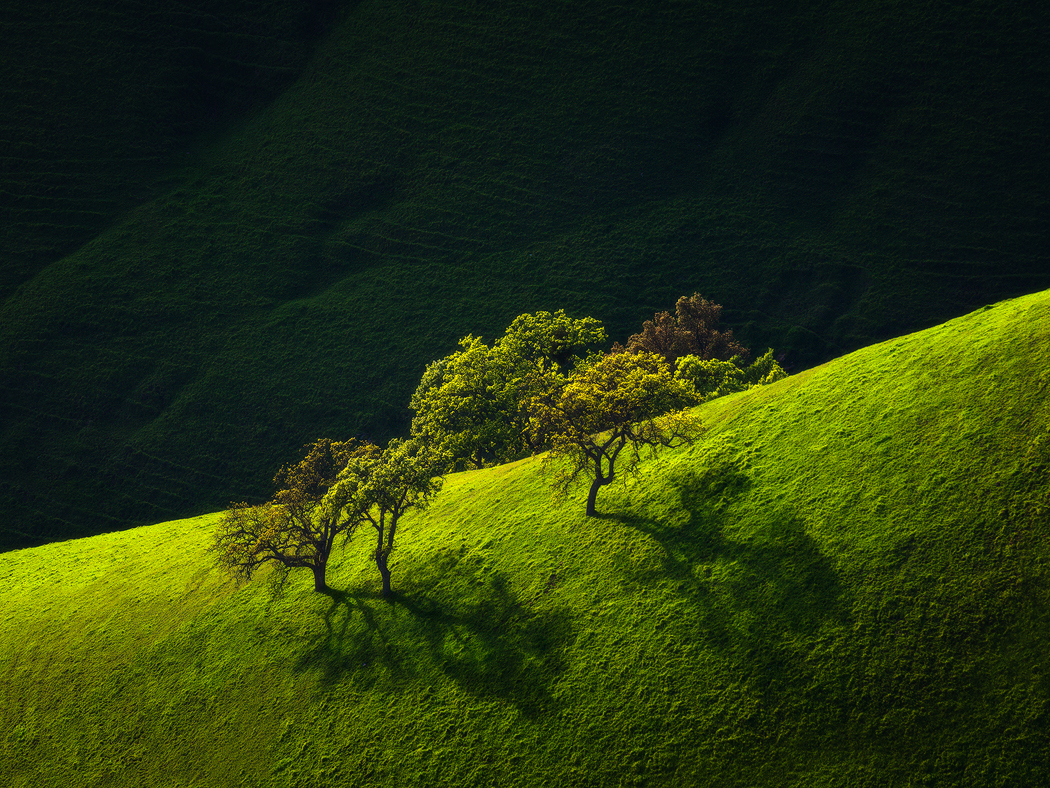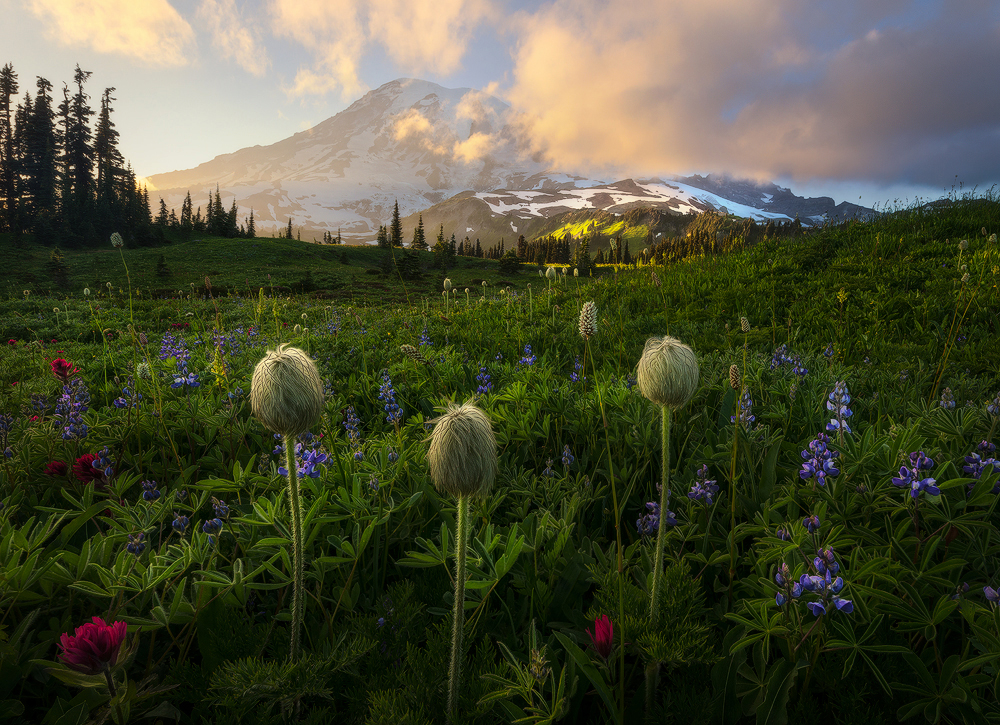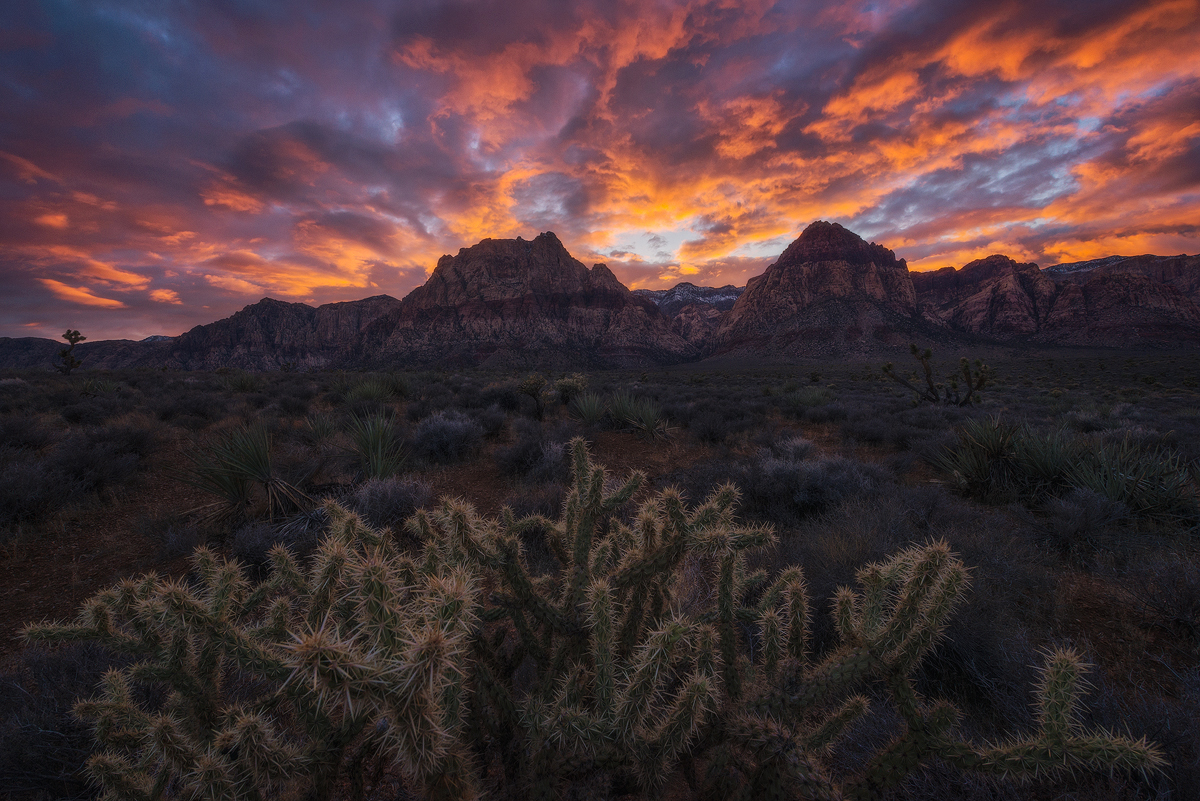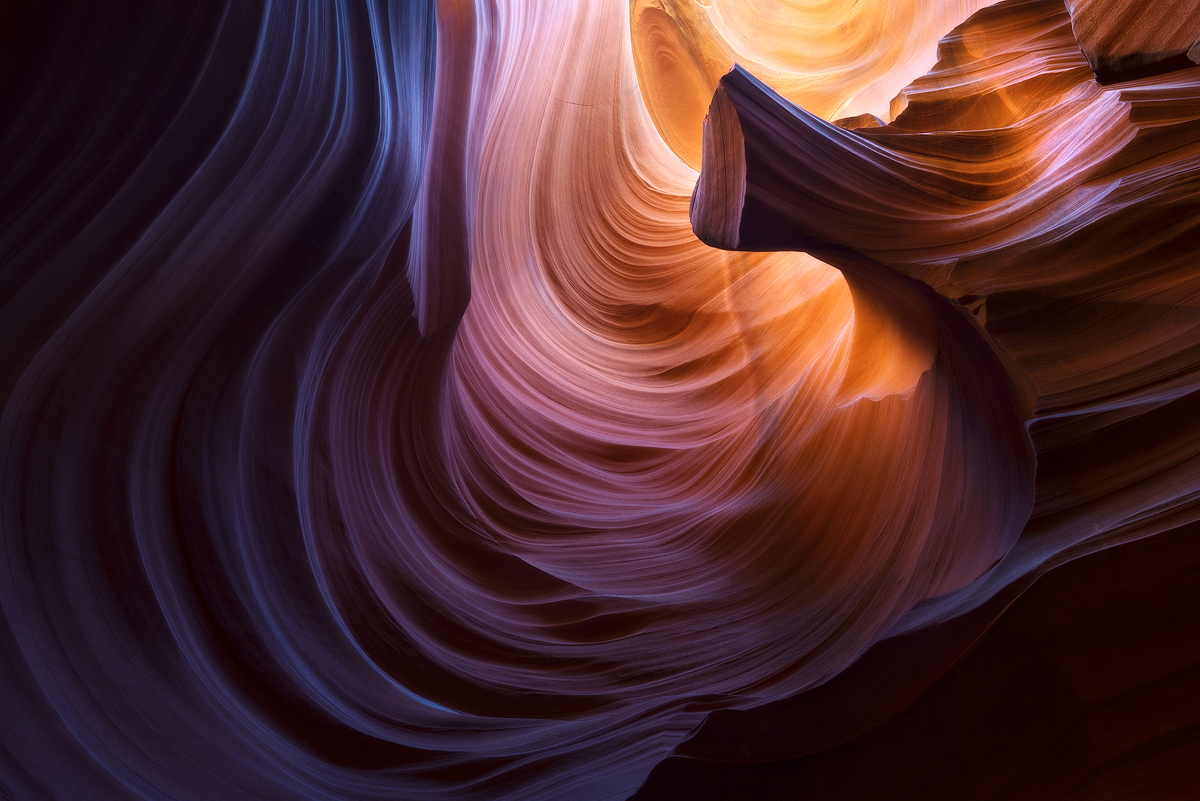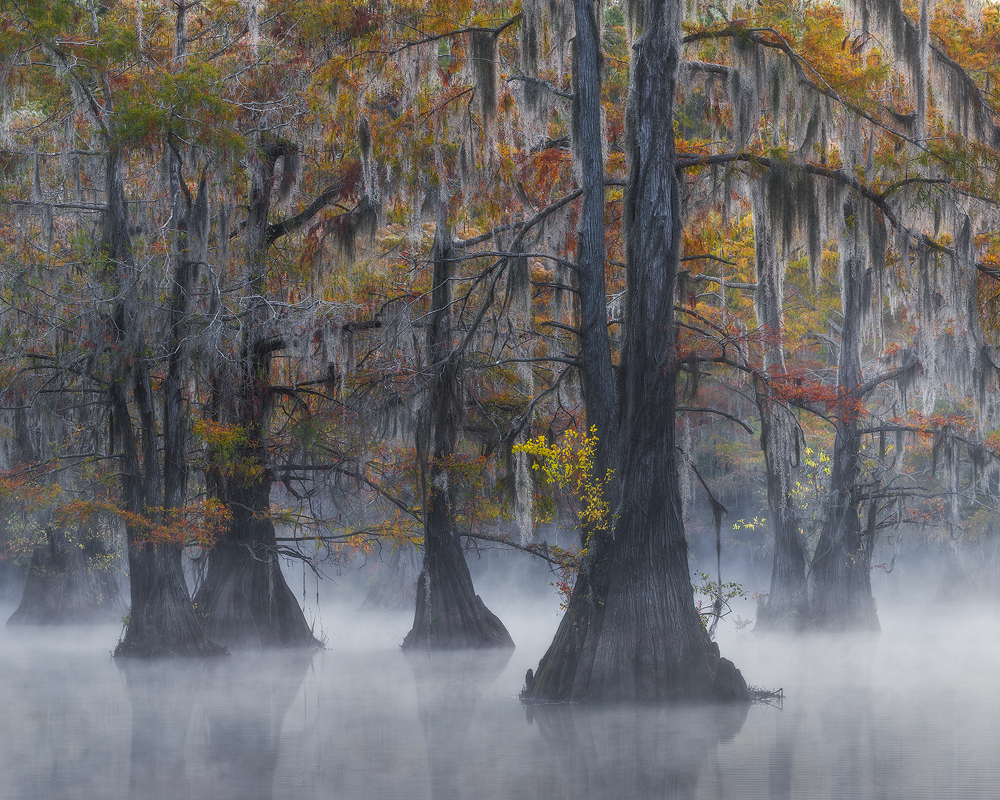
Although landscape photography is beautiful, it often gets obscured by sexy images of influencers. Even in the travel sphere — where images from beautiful locales should reign supreme — the default seems to be focusing on the traveler and not the destination. We understand, and we absolutely love a cool snap of wanderlusting vagabonds, but sometimes we just want to appreciate the beauty of this miraculous planet.
For its part, the earth offers up an endless variety of photographable locales, each presenting their own challenges to the budding photographer. We’ve already provided some general tips for photographing landscapes but we also want to drill down to the specifics, in order to aid you in sharpening your skills. We know that snapping shots on the coast won’t mirror doing the same thing in the desert. How could it?
In order to give you the info you need, we had to find an expert used to taking great landscape shots in a variety of settings. During the recent #Nikon100 campaign — which introduced Nikon’s Instagram followers to 100 new photographic talents — we spotted David Thompson, who describes himself as an “ordinary guy with a deep passion for nature and landscape photography.” One look at his work made us question the “ordinary” label. We think he’s on some next-level sh*t.
Thompson gave us a call from his home in Las Vegas and spoke with us about how he makes visual connections with a variety of landscapes. We organized his responses into three sections punctuated by jaw-dropping nature shots from the photographer himself.
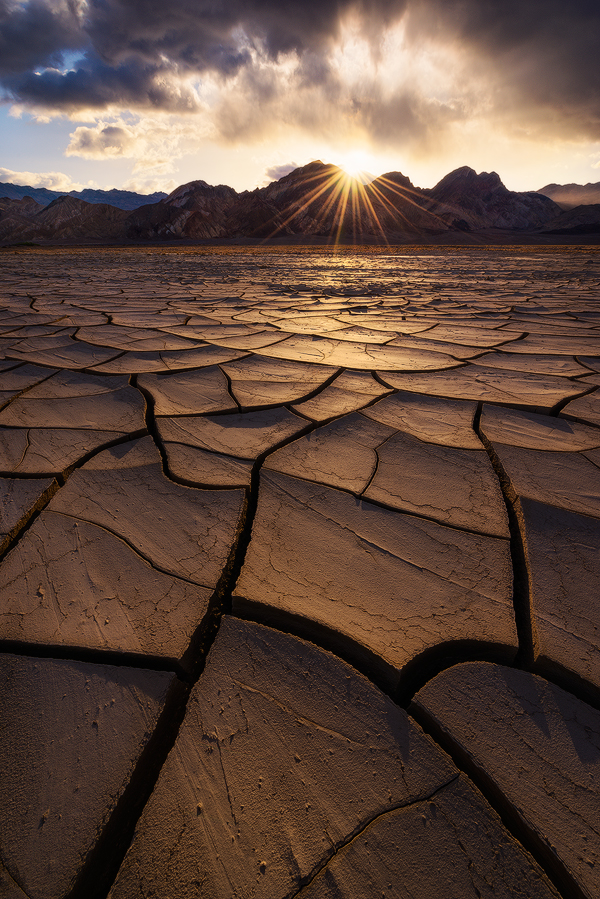
Destination #1: The Desert
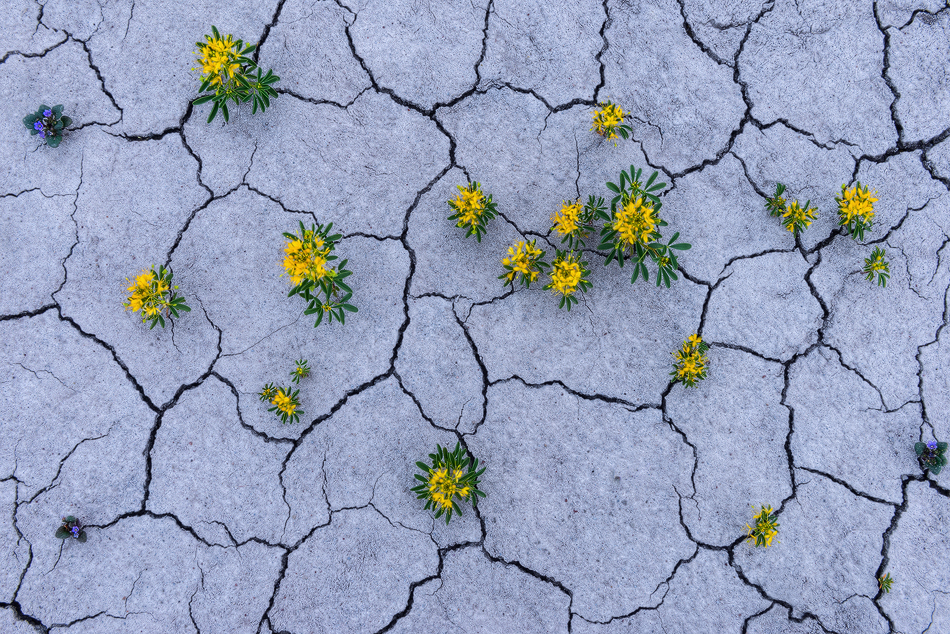
One of the things that I like to emphasize and tell people when they go out with me is it’s all about the light. It comes down to the light, pre-sunrise light and light after sunset. It’s really about that soft low light that really makes the landscape come to life. And that’s before the sun comes up and really starts hitting the landscape. With the low and soft light, you get the colors, you get the texture, everything that you need and want in an image, that’s what you get.
When I compose, I look for strong lines, patterns, overlapping layers, anything that can create depth in a two-dimensional space, is what I look for. And low, soft light helps with those particular scenes.
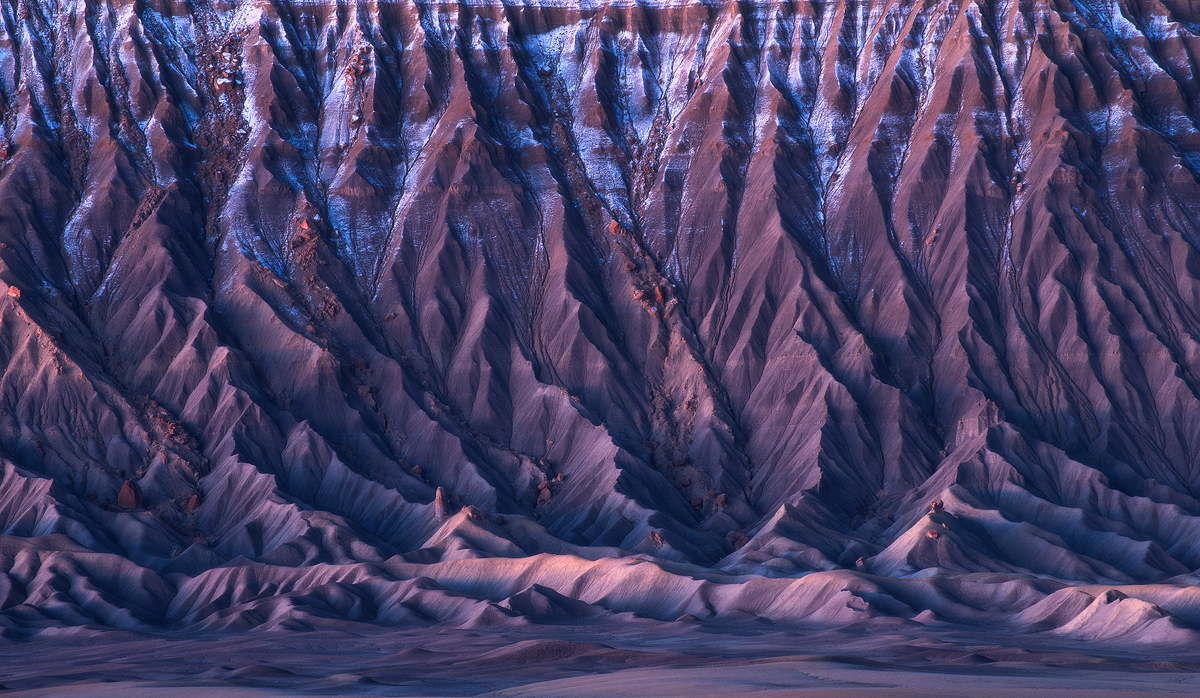
I’m a nighttime shooter. I have four different lenses that I use. It could be the wide angle, 14 to 24 mid-zoom, 24 to 70, my favorite lens (a 70 to 200), or if I really want to go for the extra reach, I’ll use a 200 to 500-millimeter lens. And again, it really comes down to the specific subject that you’re shooting, what you’re trying to capture.
Let’s say, for example, I’m shooting dunes in a low, soft light, the two lenses I would use are either the 70 to 200 or the 200 to 500. Why? Simply because I want to compress that scene, and I want to really situate any kind of overlapping layers or strong curves within the scene. I’ll use a zoom lens instead of the wide-angle lens so that I get the whole, big, grand view. With those long lenses, the telephoto lenses, you get to compress the scene and it gives you more of an intimate view of the sand dunes.
Destination #2: The Coast
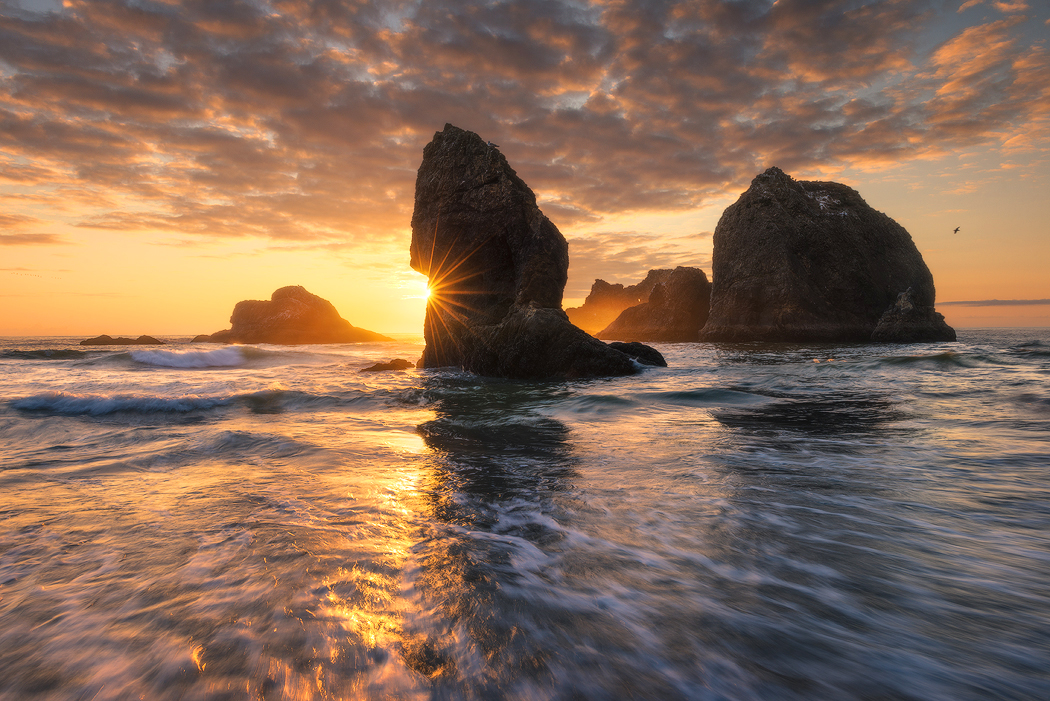
When I photograph the coast, again, it’s about the light. I prefer the last light, so when the sun is just about to hit the horizon it gives everything that nice deep orange glow, a luminous feel in the scene. It’s about the warmest light on earth.
If you can shoot rocky coastlines, something that has sea stacks that are dramatic make for great seascape images. When it comes down to the lenses typically I’ll use the wide-angle lens. As I said before, you get that nice big grand view, so you can get everything. You can get water, land, and sky, you get it all.
When there are overcast skies, I don’t get that warm luminesce, bright feeling when I’m at the coast. It just doesn’t make the landscape come to life. I’m not saying that it’s not shootable, but for the scenes that I like, that’s one of the things that I would go for.
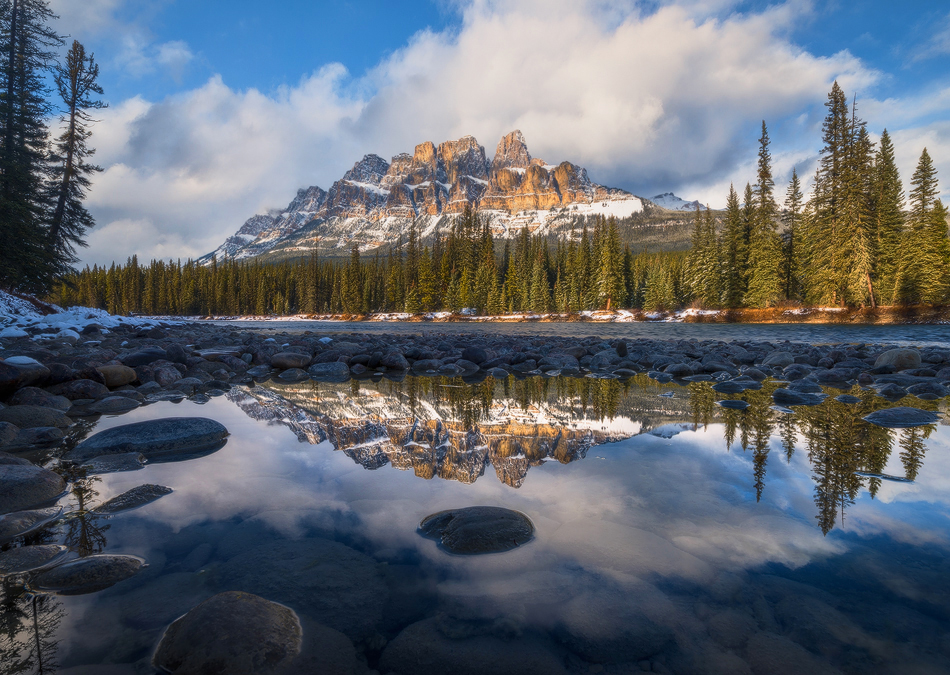
In terms of safety and precautions, you always have to be aware of your surroundings, especially when it comes to the waves. A lot of times when I’m shooting these scenes, I’m in waist deep water, and all it takes is one big wave to come in and sweep you off your feet, and you lose your gear. Then, you’ve got problems.
It’s happened to quite a few of my friends. I’ll be perfectly honest with you, I’m not a huge fan of shooting the coast. I can do it and I like it, but there’s so many other things that you have to really take into consideration when you’re shooting at the coast. It’s just not like you go out there, set your tripod down and go for it. It’s not like that. A lot of times when I go to the coast, I’ll study the tide patterns and how the waves are coming in and out. If the waves are coming in and breaking kind of hard and fast and close to the shoreline, you wanna keep an eye on that because, again, that could get you into trouble.
Destination #3: The Forest
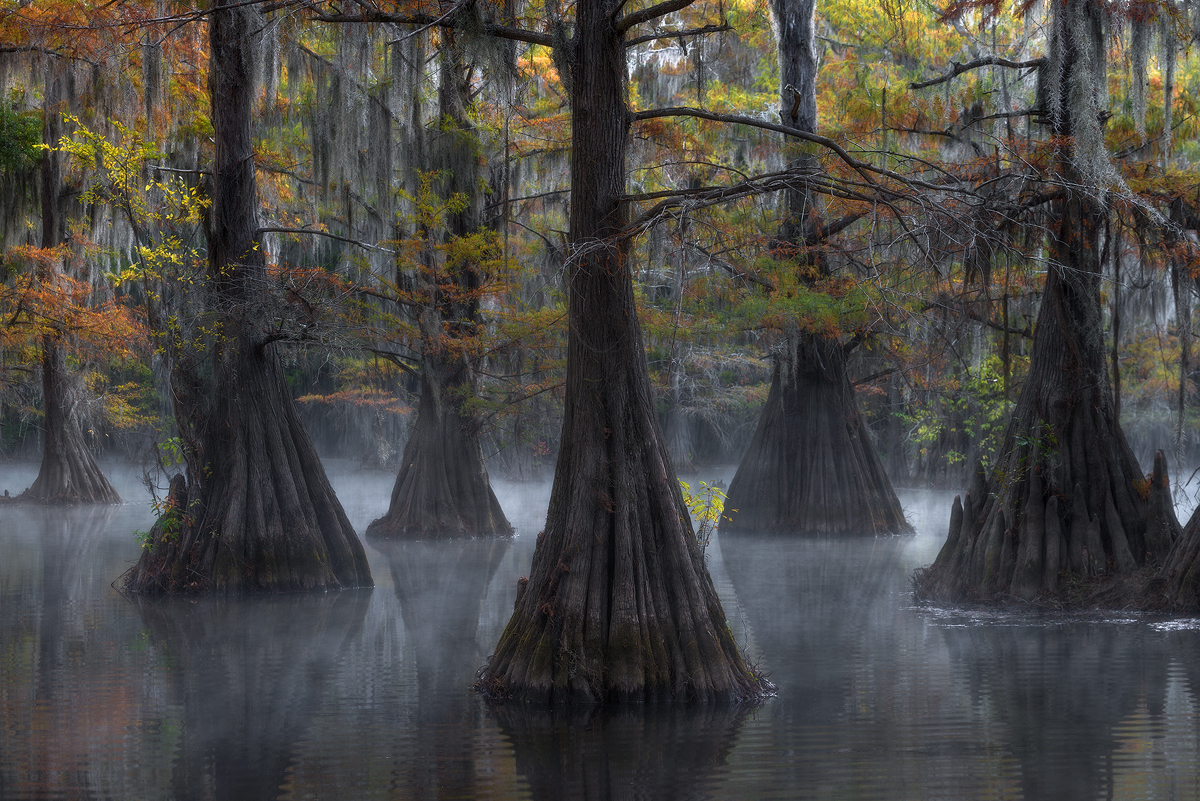
The forest is by far my favorite area to shoot. When you go into the forest, you get the sense of peace, and it’s so unorganized and confusing. There’s so much going on. As an artist, it’s a challenge to put it together, make it make sense.
For composition, look for formations, the patterns within the trees, front to back compositions, that kinds of thing. It’s by far the most fun place to shoot for me and the hardest. But that’s what makes it so fun, is that it’s a challenge to you, it actually makes you think about what you’re doing when you go out there.
There are a lot of times you see this chaotic environment, and it looks cool to the eye. But, sometimes, when you capture that scene with the camera, it doesn’t look as cool as what you saw with the naked eye. And that’s where the composition and what lens I use comes in.
I’m not gonna use a mid-zoom. I’m gonna use that telephoto lens or a 200 lens that, again, compresses the scene, makes it a little tighter, or causes it to be visual stimulating to the eye. That’s the challenge in part. But, when you can make it happen and you get that scene, it’s something special. It’s something that you can call your own.
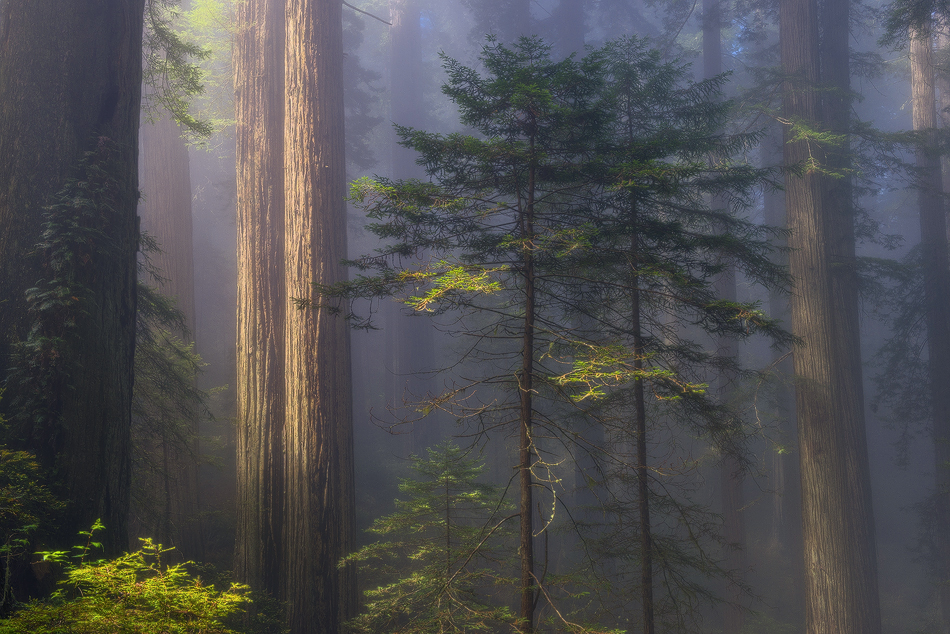
Another thing that I like about the forest too is it’s another place that you can get that feeling of solitude of just being alone and away from everybody because a lot of photographers don’t flock to the forest, so it’s not like you’re trampling over people trying to find a specific theme to shoot and that kind of thing. You’re just out there by yourself and just wander and it’s just you’re free to do whatever you want to do. It’s great.
I’ll be perfectly honest with you, when I first started shooting, it was one of the places that I took for granted when I was there. I just never really paid attention to my surroundings like that. Now that I live in the desert and typically your forest chains are at nice high elevation, you get away from the heat and everything. You’re just away from everything. It’s quiet. It’s peaceful, that solitude. If you can make something happen with your camera, even better.
The forest is one of the few scenes that any kind of lighting works: back lighting, front lit scenes, overcast. With overcast scenes in the forest, it’s like a huge soft box. The lighting is completely soft, so you can really focus on color, detail, and not have to worry about highlights in the background being blown out or clipped or anything like that. The ideal condition to shoot in the forest is to have overcast skies, for me personally. But yeah, everybody’s lighting choices are different.
When you compose forest scenes, typically you try to arrange your trees in odd numbers so if you can do threes, fives, sevens, something like that, it’ll fill the frame light nicely. It gives it nice visual flow, any kind of framing. If you have a specific tree in the middle of the scene and you have two trees on the outside of that tree in the middle, it gives it nice framing for composition. It’s front back composition. You will usually have a tree in the front, and then, it kind of breaks up in the back. You’ll have a tree in the center of the frame and then on the side you’ll have two more and then in the back maybe it will spread out, so another single one or two more that will break out in the back. You have this triangle formation that’s going out into the scene.
Again, go for contrast, any kind of contrast. For example, if you’re shooting Aspen trees in the fall, you have the white bark with yellow leaves or red leaves or orange leaves, any kind of contrast. For example, I was in the Sequoias last weekend and there was heavy snow, so you have the snow on the ground. Then you have those nice bright orange, reddish colored barks from the Sequoia that contrast the scene completely. Anything like that is great for forest scenes and, again, gives you that nice 2D depth within the scene.
